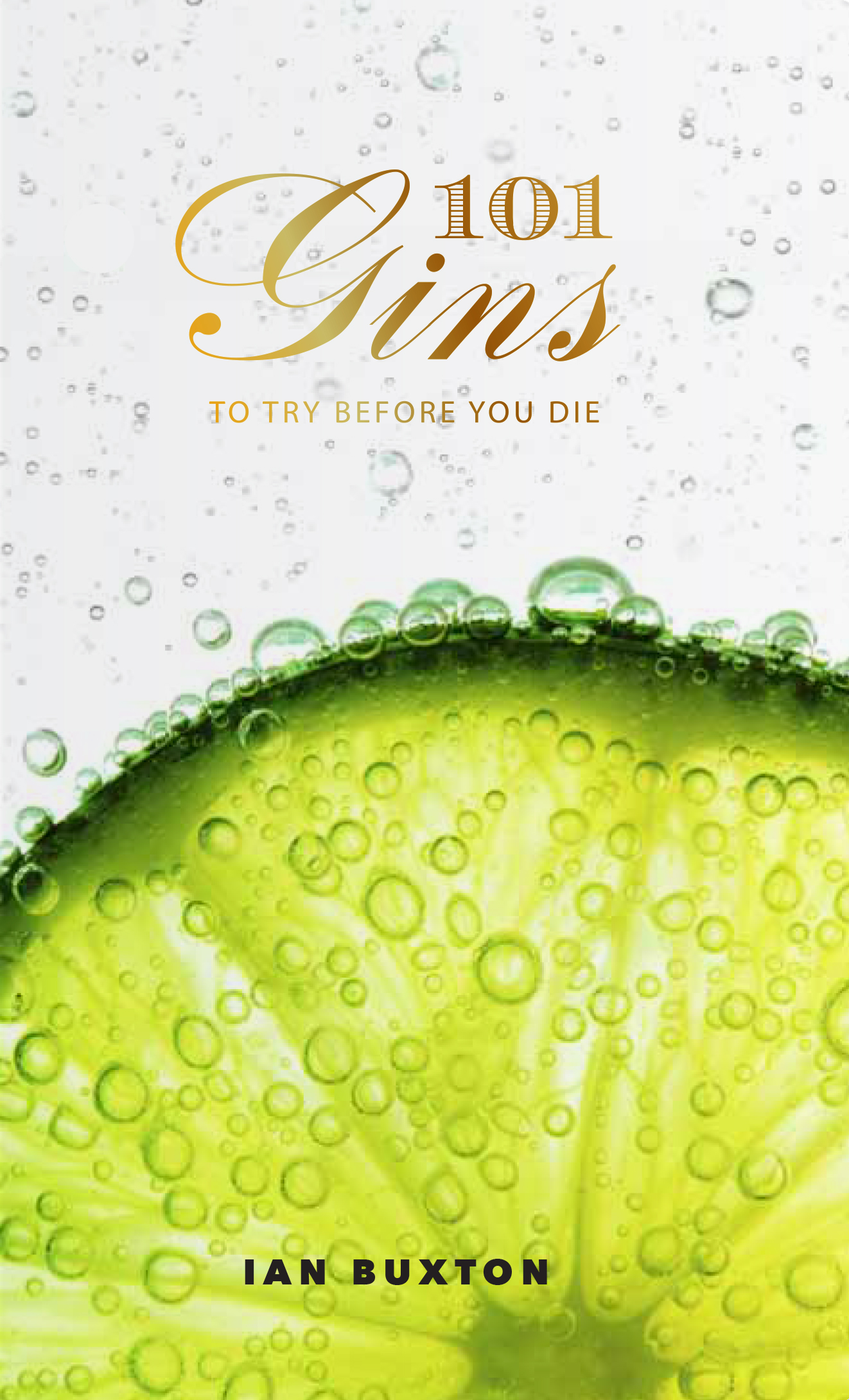“In travel retail,” says Coughlin, “staff can’t keep it on the shelf – the facings will sell out in a single shift.” And all this has been achieved with a focus on the on-trade, specialist independents and top department stores – there’s not a supermarket listing in sight, though, says Coughlin. “They do call us, but that kind of aggressive promotional discounting isn’t right for the brand at this stage.”
AUTHENTICITY
Naturally, he sees the gin renaissance lasting. For him, the right blend of authenticity, hand-crafted heritage, real provenance and quality spirit will sort out the long-term winners.
It’s a view shared by 58 gin’s Marmont, who told me he expects a shake-out over the next three years. “Some have invested too heavily and will find it tough… smaller players will drop out as they need to reinvest – but gin is here to stay”.
That’s a theme picked up by everyone I spoke to – greater consumer engagement and increasing interest in truly different products will keep the market momentum going. While recognising the advantage that has accrued to the early movers, Nicholas Cook at the Gin Guild believes there is room for more, provided new entrants can offer “fantastic product, great marketing and stand-out packaging”, citing new entrants such as Silent Pool, Tarquin’s and Cotswolds as exemplar brands.
He pointed to the near-50 new UK distilleries coming on stream in the past year and the fact that gin is now a £1bn-plus market in the UK alone. Driving growth has been a new acceptance of gin among younger consumers.
According to Mintel, more than two in five (42%) Brits aged 18-34 say they have drunk gin in the past 12 months, a pointed contrast with the over-45s where the figure is just 27%. So much for gin’s fuddy-duddy, golf club image.
It is these younger drinkers that will boost sales of gin to £1.04bn this year, with Britain expected to consume 29 million litres. The sales value has grown from £829m in 2012, with Mintel forecasting it will continuing rising and exceed £1.3bn by 2020.
“Young people are looking for a drink they can call their own,” says Rock Rose gin’s Martin Murray. “Forget hipster culture, young drinkers are personalising their own serves and looking for a point of difference that provides a talking point. We’re even seeing gin collectors beginning to rival the enthusiast single malt collector.”
Rock Rose is about as remote from the cutting-edge cocktail scene as one could imagine, being located in Scotland’s Thurso, just a few miles from John O’Groats. But the tiny distillery, established only in August 2014, is right on the main road so benefits from the newly promoted North Coast 500 route which is now bringing international visitors to Murray’s door.
“We’ve exceeded our initial forecasts five-fold,” he says “and events have now taken a back seat to direct sales from the distillery.”
For the future, Rock Rose will look to offer seasonal, small-batch one-off creations and continue to stress local provenance and the use of unusual locally-foraged botanicals. “So much is about the stories we can tell about our home, the local area and ingredients – even the impact of the weather on the seasonal editions,” says Murray.
So good news all round. But what about the retail trade, confronted by this ever-increasing wave of new gins? For Sara Davis of London’s Oliver Conquest bar (345 gins and counting), it’s all about “the new ones that have a great story and point of difference”.




